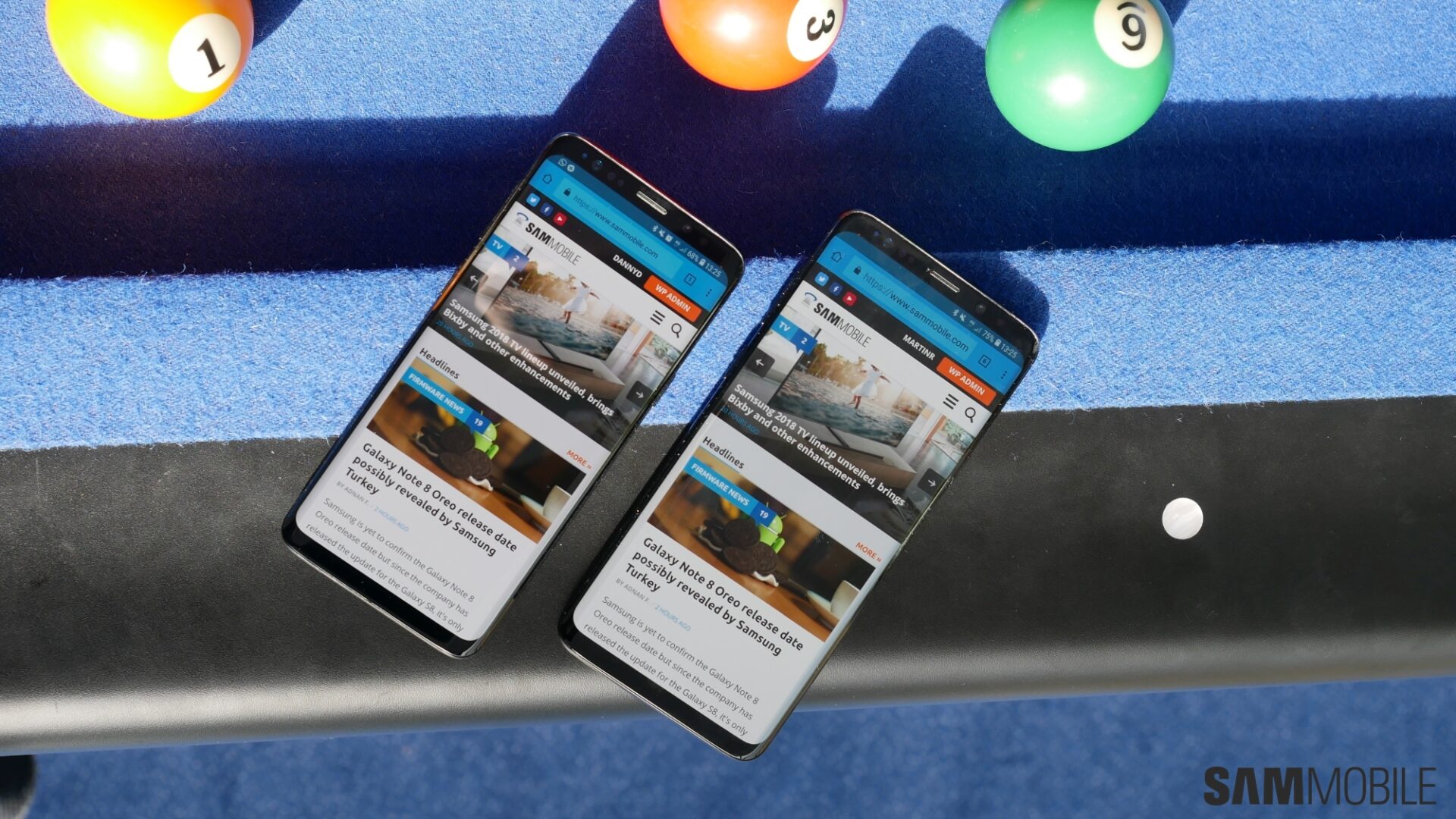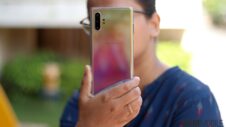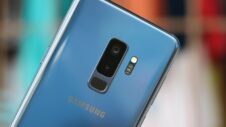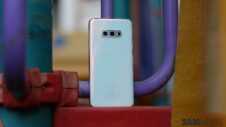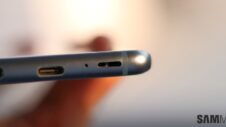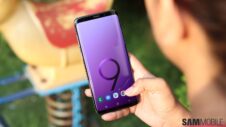Welcome to part nine of our 10 years of Samsung Galaxy S flagship series, in which we here at SamMobile talk about our experiences and memories of each of the nine Galaxy S flagships that have come before the Galaxy S10. Today, we look back at the Galaxy S9. The Galaxy S9 and Galaxy S9+ were improvements over the Galaxy S8 and Galaxy S8+, and the biggest improvement they brought was the location of the fingerprint sensor, which was relocated below the rear camera. We also got stereo speakers on a Galaxy flagship for the first time, and Samsung also implemented Dolby Atmos support for enhanced surround sound.
But the Galaxy S9 lineup also introduced a divide between the specs of the regular and Plus variants that hadn't existed before. The 5.8-inch Galaxy S8 had a smaller screen and battery as expected, but it also missed out on a dual rear camera and had only 4GB of RAM. However, the Galaxy S9 did get all the main upgrades for the rear camera, such as Super Slow-mo video recording and the ability to switch between different apertures. It also got AR Emoji, a take on Apple's Animoji that didn't really work well enough.
On the software front, the Galaxy S9 and S9+ became the first Samsung phones with Project Treble support, which is standard on all devices that launch with Android Oreo or higher. That certainly helped Samsung bring the Pie update to the S9 duo considerably fast, so much so that some markets received Android Pie around Christmas despite the company having set January as the time frame for the final Pie update.
The Galaxy S9 and S9+ didn't do that great in the market, unfortunately, despite being excellent phones overall (the S9+ in particular). We loved them here at SamMobile, and today we talk about our experience with the S9 and S9+. We'd like to hear your thoughts and opinion on these phones as well, so don't forget to leave a comment!
Abhijeet Mishra
I loved the Galaxy S9+ purely for the fact that the fingerprint reader was finally easier to use, as I didn't like iris recognition because it's a slower unlock process compared to fingerprint recognition. The S9+' camera was great as well, and I liked how Samsung had used that Dual Aperture technology conservatively to improve pictures only when really needed. And it was nice to finally have stereo speakers, good ones at that. Samsung took its sweet time to bring stereo speakers to its flagships, but thankfully the implementation was worth the wait.
Adnan Farooqui
The Galaxy S9 didn't bring any major changes in the design department. It wasn't expected to in the first place as Samsung would evidently save the exciting stuff for its 10th anniversary flagship. However, it did make some meaningful changes under the hood. The Galaxy S9 got a fancy variable aperture rear camera and stereo speakers.
I still wasn't convinced even though the camera had me reaching for my wallet. Since these improvements would be coming to the Galaxy Note 9, I decided to wait it out and opt for that instead. That's exactly what I did and couldn't be happier with the Galaxy Note 9. Upgrading from the Galaxy S8+ to the Galaxy Note 9 made more sense to me personally than just getting the Galaxy S9+. That being said, I would have probably ended up getting the Galaxy S9+ if I was upgrading from the Galaxy S7 edge.
Martin Reinders
Like Abhijeet, I loved the fact that the fingerprint sensor got positioned below the camera on the Galaxy S9. It's in the perfect place and I use it all the time. I also liked the smaller bezels. Not a big change over the S8, and the competition is already ahead in this department, but it didn't bother me.
Don’t forget: We want to hear about your fond memories and experience with the Galaxy S9 or S9+, so go ahead and get a discussion going in the comments!
